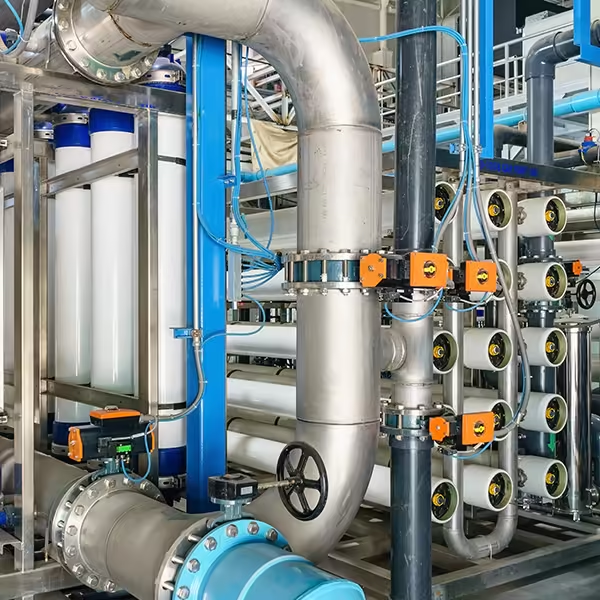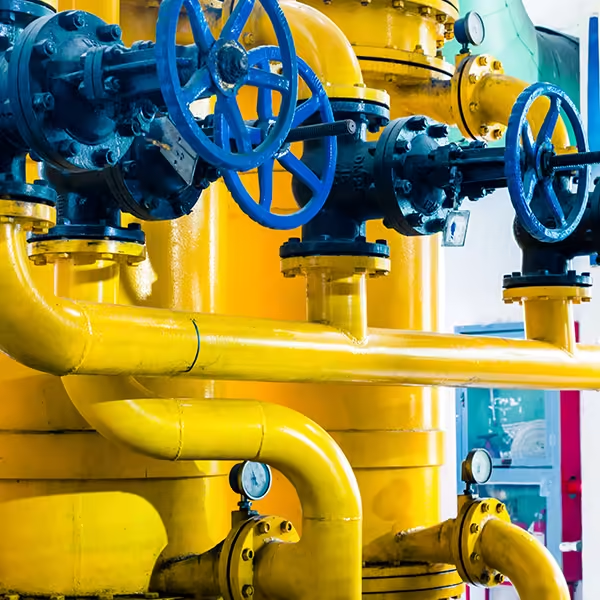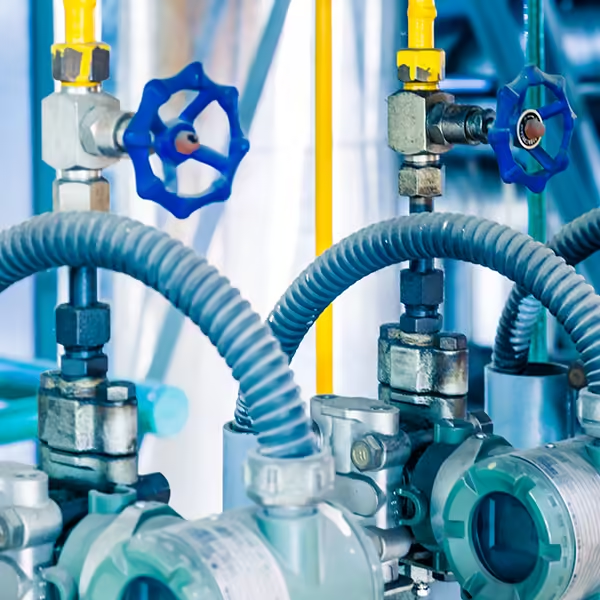Many people have never heard of hydraulic pipe joints, let alone know what they do. The editor has searched for relevant information and now shares with you the principles and cleaning methods of hydraulic pipe joints, hoping to help everyone.
What is the principle of hydraulic pipe joints? How to clean it up?
1、 Introduction to hydraulic pipe joints
Hydraulic pipe joint is a connecting component between high-pressure oil pipes. It has many classifications, including welded pipe joints, high-pressure hoses, transition pipe joints, high-pressure ball valves, etc.
2、 The principle of hydraulic pipe joints
Different types of joints have different principles. Here, the editor will introduce the principles related to welded pipe joints. Welded pipe joints, as the name suggests, are welded and sealed with a circular seal between the joint and the connecting pipe. The structure of this pipe joint is relatively simple, the production cost is not high, it is easy to make, and the sealing performance is good. However, the welding quality requirements are very high, and it is inconvenient to install and disassemble.
3、 Cleaning of hydraulic pipe joints
The cleaning of hydraulic pipe joints can be divided into two types: kerosene cleaning and acid washing. Kerosene cleaning is mainly aimed at copper pipes and stainless steel pipes. First, remove the pipes and joints to be cleaned, use a cloth dipped in kerosene to clean the inside and view, and then soak both ends and joints directly in kerosene for cleaning. The standard after cleaning is that there should be no visible pollutants. Acid washing is mainly aimed at severely corroded steel pipes. Firstly, degreasing is carried out, followed by water washing, rust removal, and then neutralization with alkaline solution. Be careful not to wash away the marks on the pipes.
The principle and cleaning methods of hydraulic pipe joints have been introduced by the editor so much. I hope that after reading this article, everyone can have a better understanding of hydraulic pipe joints.





